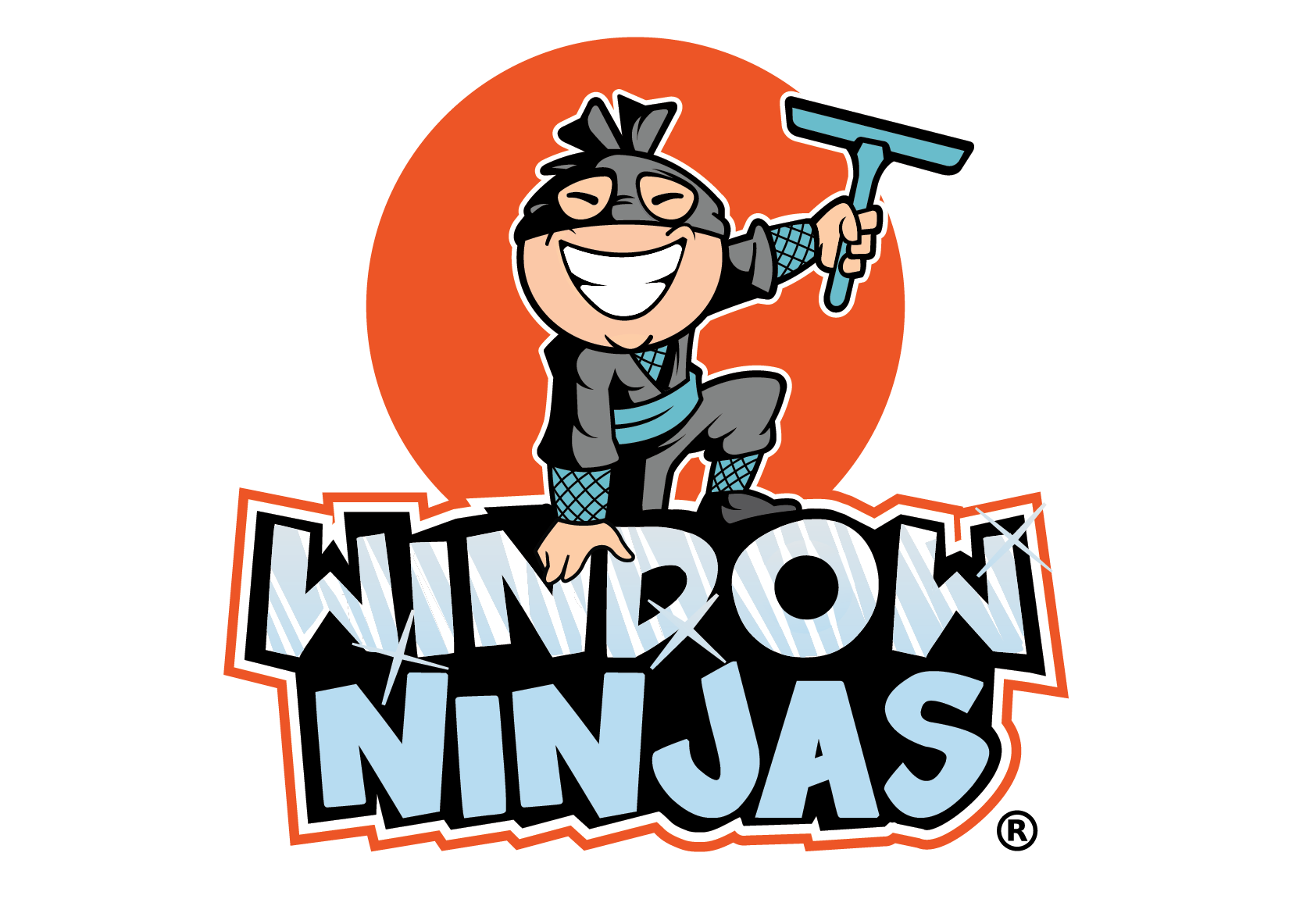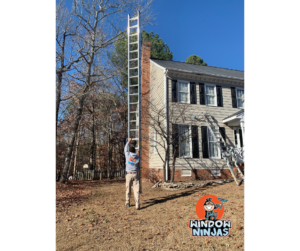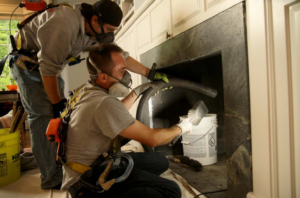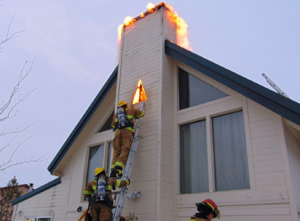Maintaining a clean and safe chimney is critical for homeowners, especially as we approach the colder months. But when is the ideal time to clean chimneys? Should this task be scheduled for fall, just before the fireplace becomes a nightly necessity? Or would it be more beneficial to have the chimney swept earlier in the year, during spring or summer? Could chimneys require more than one cleaning per year? How long does a chimney sweep actually take? Let’s delve into these queries to provide the most accurate answers.
How Frequently Do You Need Chimney Sweeping?
Maintaining a clean and safe chimney is integral to the health of your home. How often should you schedule a chimney sweeping? The answer, as with many things, depends on several factors.
The National Fire Protection Association (NFPA) recommends an annual inspection of your chimney, regardless of its type or the frequency of use. This means that at least once a year, you should have your chimney checked by a professional to ensure it’s in good working order and free from obstructions or damage.
However, the frequency of chimney cleanings can vary depending on your usage and the type of fuel you burn. For instance, an annual cleaning is typically recommended if you frequently use your fireplace and burn wood. However, you should increase the frequency to twice a year if you’re burning coal.
Modern chimneys may not require the traditional sweeping process, with the National Chimney Sweep Guild estimating that 85% of chimneys don’t need a chimney sweep. Nevertheless, they still have regular inspections.
Additionally, if there’s more than a 1/4″ buildup in your chimney, it’s time to consider cleaning. Regular checks, about once a month, can help you keep track and ensure your chimney is always in top shape.
In conclusion, while the frequency of chimney sweeping can vary, the importance of regular inspections and cleanings must be balanced. It’s crucial for the safety and efficiency of your home’s heating system.
When is the Best Time For a Chimney Sweeping Service

The most optimal time for cleaning your chimney is spring and summer. Cleaning early in the year, particularly after the winter season, allows any issues that may have arisen from frequent usage during the colder months to be addressed. Summer is also an excellent time to get your chimney cleaned. As fall approaches, chimney sweep professionals often experience a rush of appointments, so scheduling a cleaning in the summer helps you avoid this rush.
However, the frequency of chimney cleanings can depend on how often you use your fireplace. Having your chimney swept at least once a year is generally a good idea, and potentially more if you use your fireplace frequently.
Here are some key takeaways:
- The best time for a chimney sweeping service is during the warmer months, between spring and late summer.
- An annual inspection of your chimney is recommended, regardless of type or frequency of use.
- If you burn wood in your fireplace, consider sweeping your chimney twice a year; if you use a multi-fuel stove, once a year might be enough.
While the best time for a chimney sweeping service is generally during the warmer months, the frequency of cleaning can vary depending on your usage. Regular inspections and cleanings are crucial to maintain the safety and efficiency of your home’s heating system.
How Long Does a Chimney Sweep Actually Take?
Keeping your chimney clean and safe is a critical aspect of home maintenance. But how long does a chimney sweep actually take? You’ll be pleased to know it’s less time-consuming than you think.
A typical chimney sweep and inspection can take 45 minutes to an hour, according to Rooftop Chimney Sweeps. However, they block off a two-hour time slot to account for any unexpected issues that might arise during the process.
This time frame is generally consistent across different sources. The Irish Sweep also suggests that a chimney sweep typically takes 30 minutes to an hour. Midtown Sweeps echoes this sentiment, noting that the chimney cleaning usually lasts an hour to a half.
However, it’s essential to remember that several factors can influence the duration of a chimney sweep. For instance, the cleaning could take longer if there is a substantial amount of creosote build-up or other obstructions in your chimney.
Additionally, the type of fireplace or stove you have, the height and structure of your chimney, and even weather conditions can affect the length of the service.
Despite these variables, you can expect a thorough and professional chimney sweep to take about an hour. This includes removing creosote, leaves, and other potential hazards to maintain the safety and efficiency of your home’s heating system.
While the timing of a chimney sweep can vary based on individual circumstances, most homeowners can plan for the process to take about an hour. Regular chimney sweeps are crucial for maintaining a safe and efficient home environment.
 Closing Thoughts
Closing Thoughts
In conclusion, the best time to engage a professional service like Window Ninjas for chimney sweeping is in the late summer or early fall. This ensures your chimney is thoroughly cleaned and secured before winter, when fireplaces are most often used. It also provides ample time for any needed repairs. Regular upkeep and inspections are vital for the safety and efficiency of your fireplace, and opting for professional services can help avert potential dangers such as chimney fires. So, don’t hesitate – book your chimney cleaning today and look forward to a warm, worry-free winter beside the fire.
Contact us if you’re ready to schedule your chimney sweeping service with our team today. You can contact us at 919-867-6276 or visit our website, windowninjas.com, and request a service online.




 Closing Thoughts
Closing Thoughts